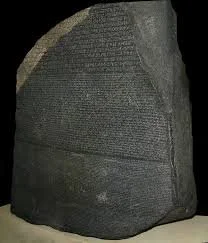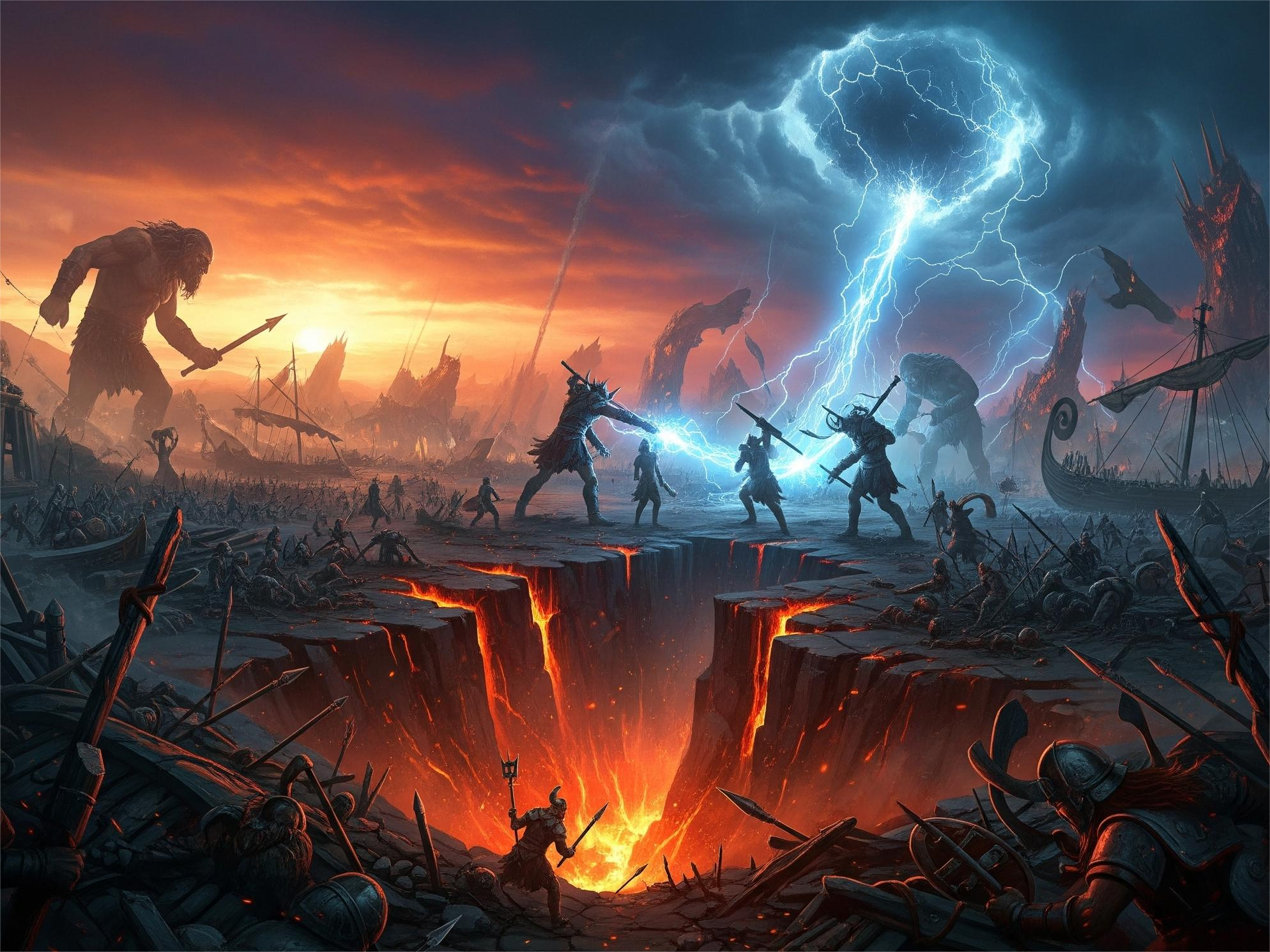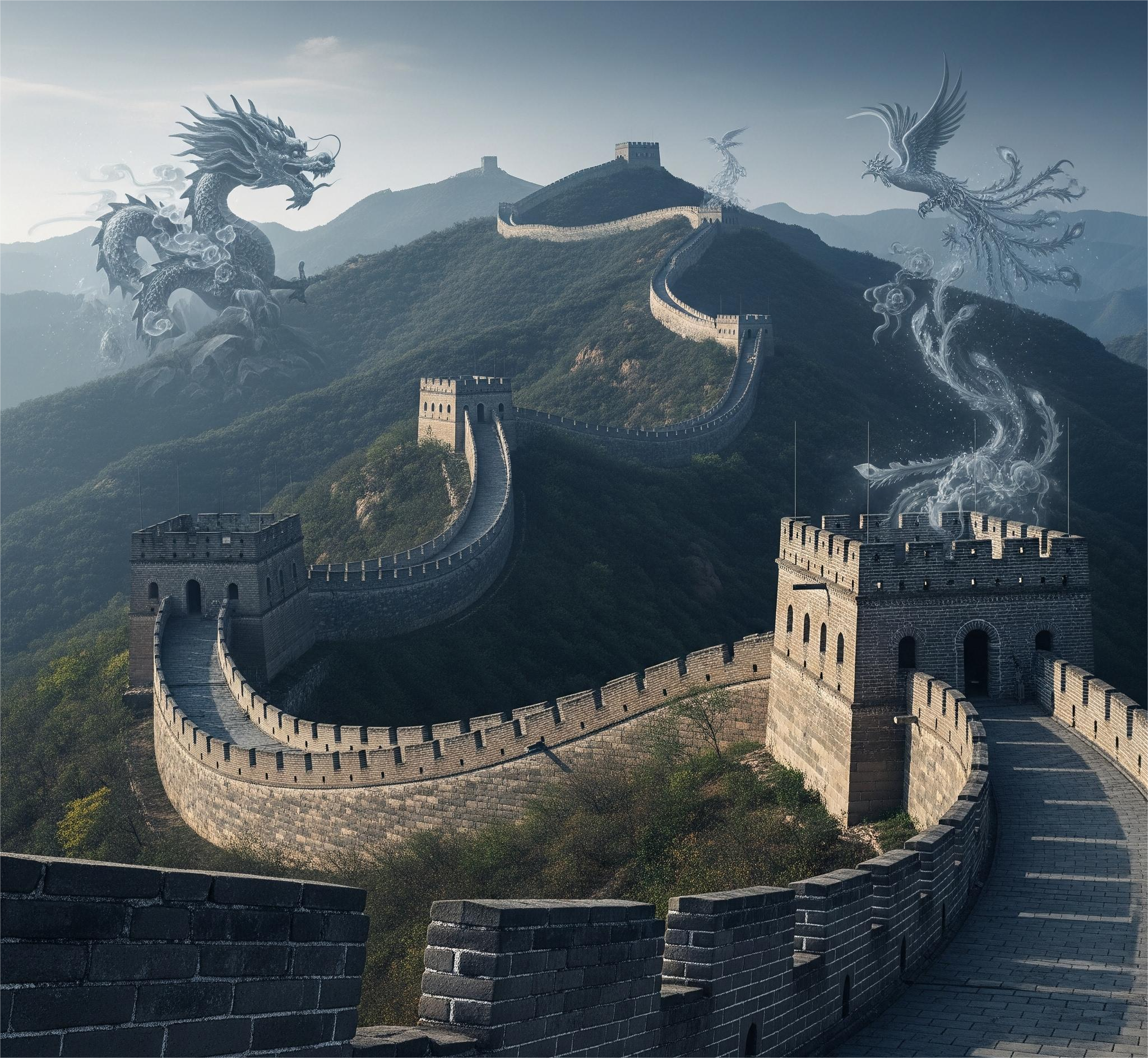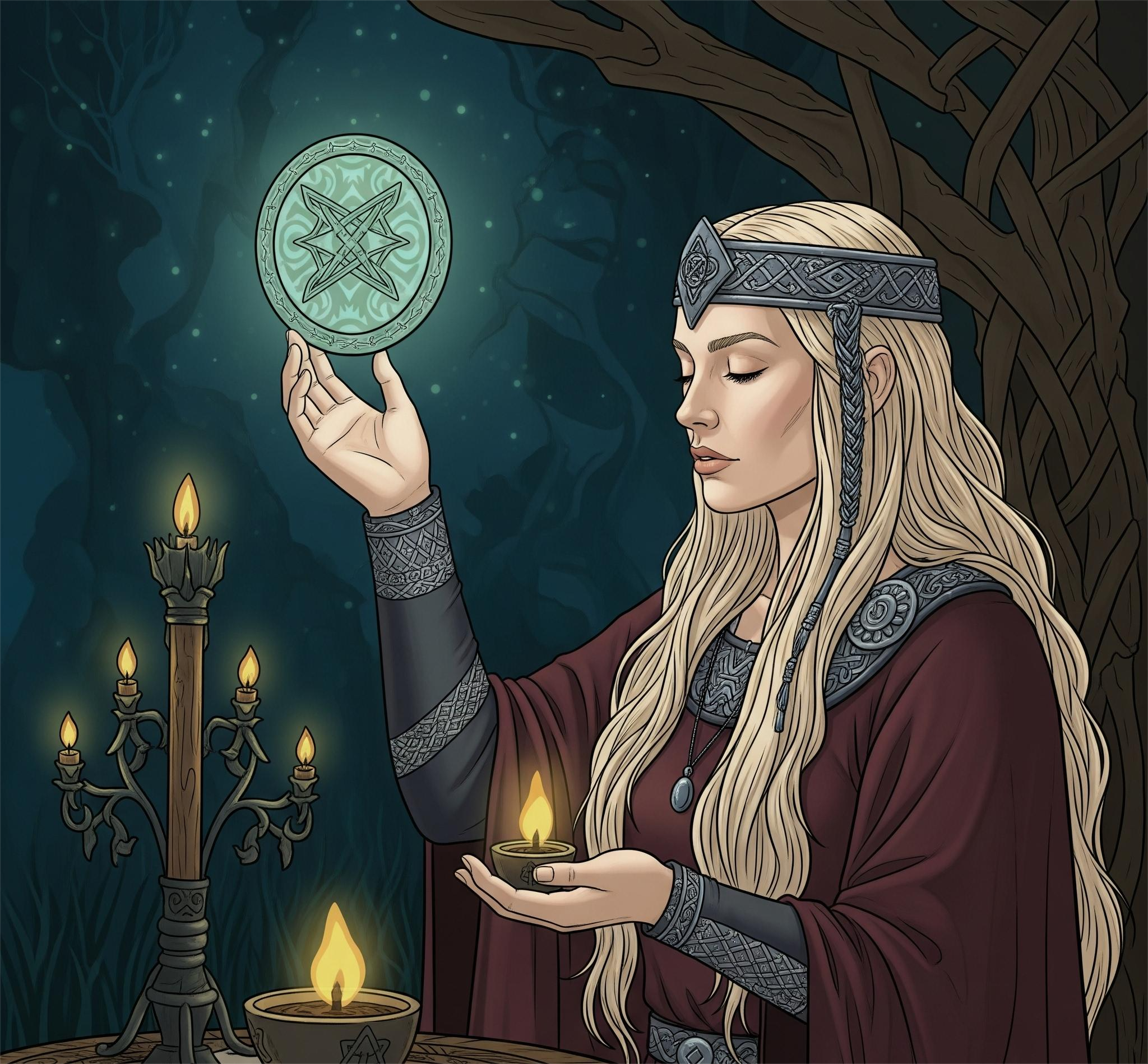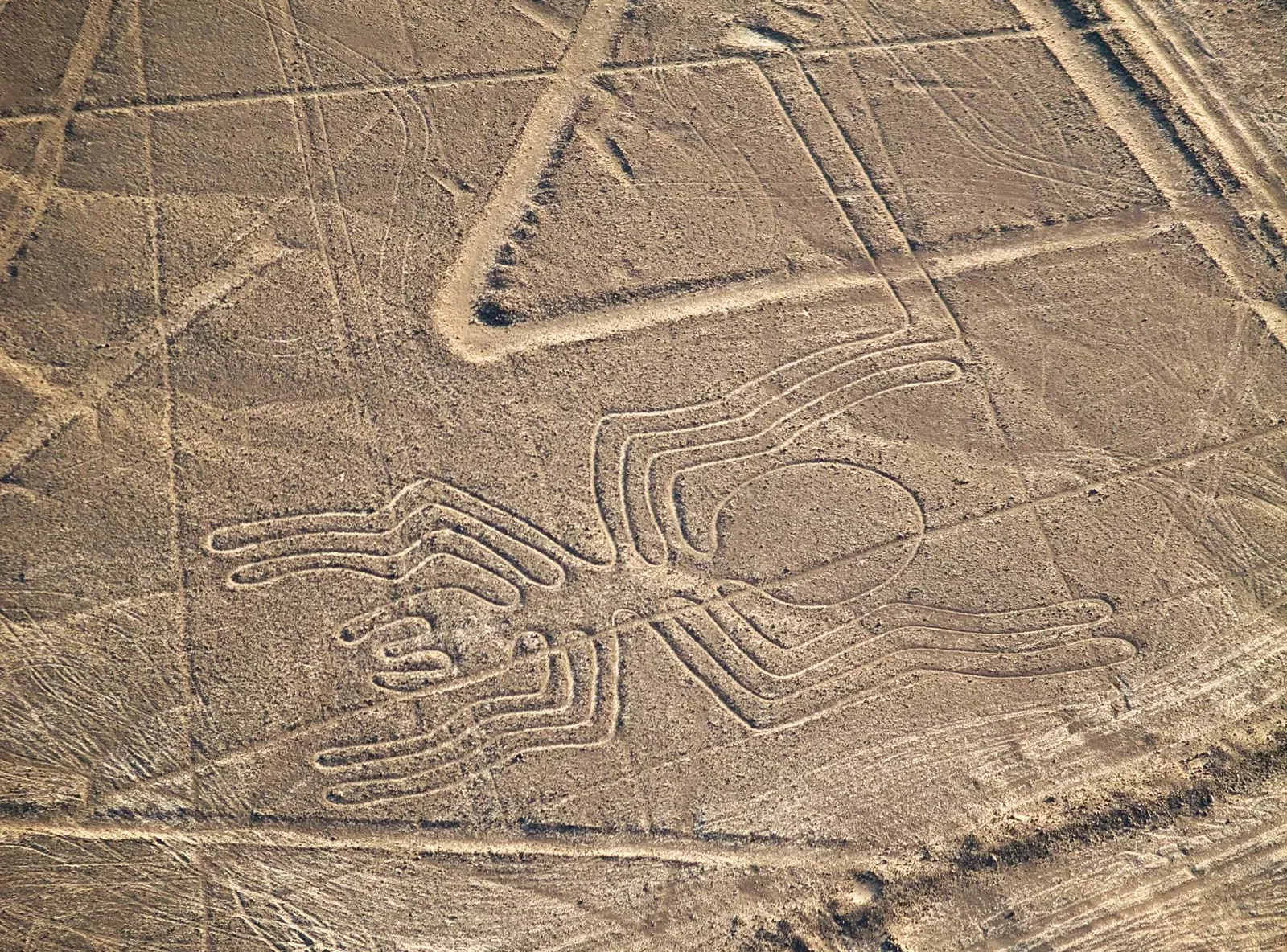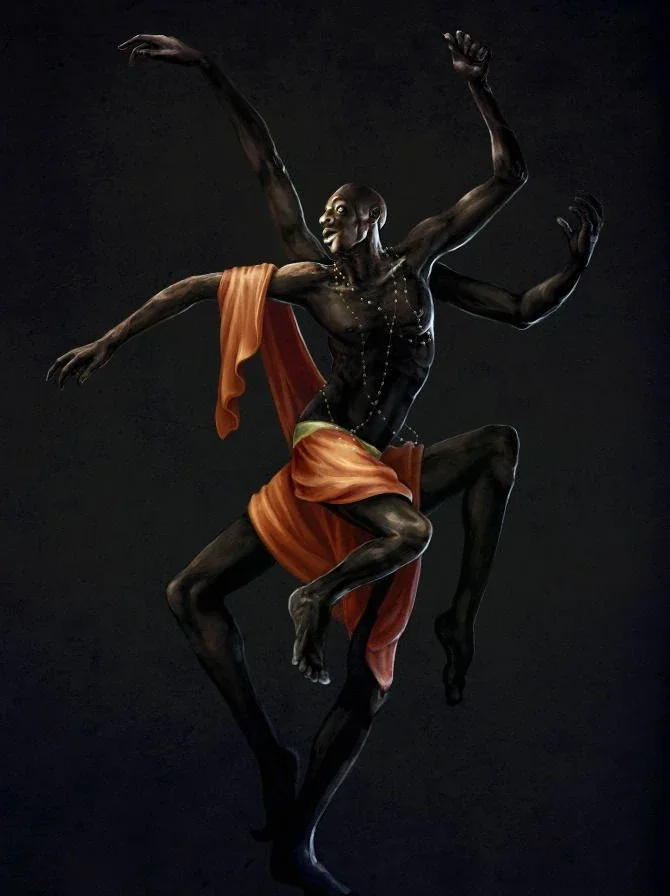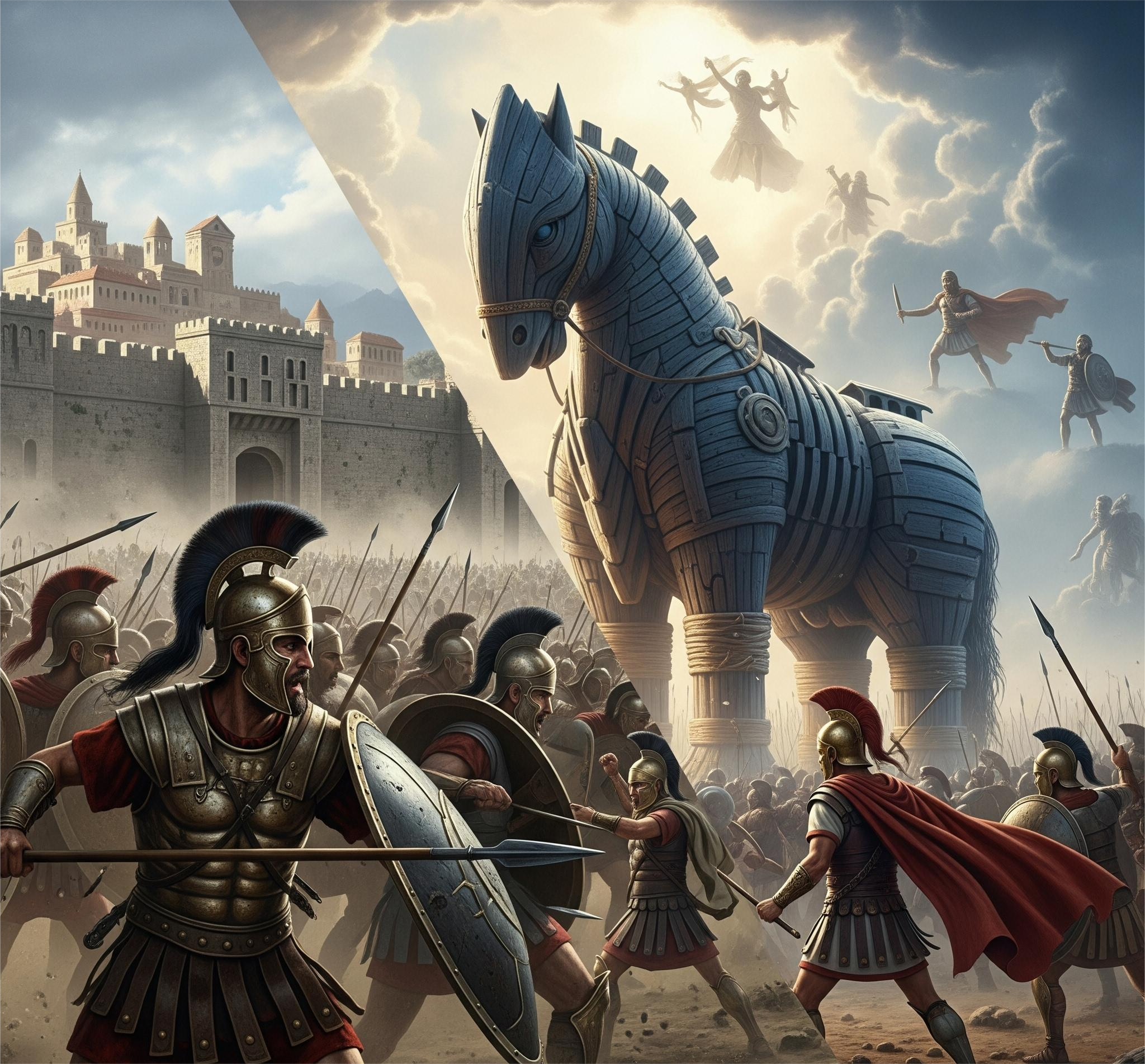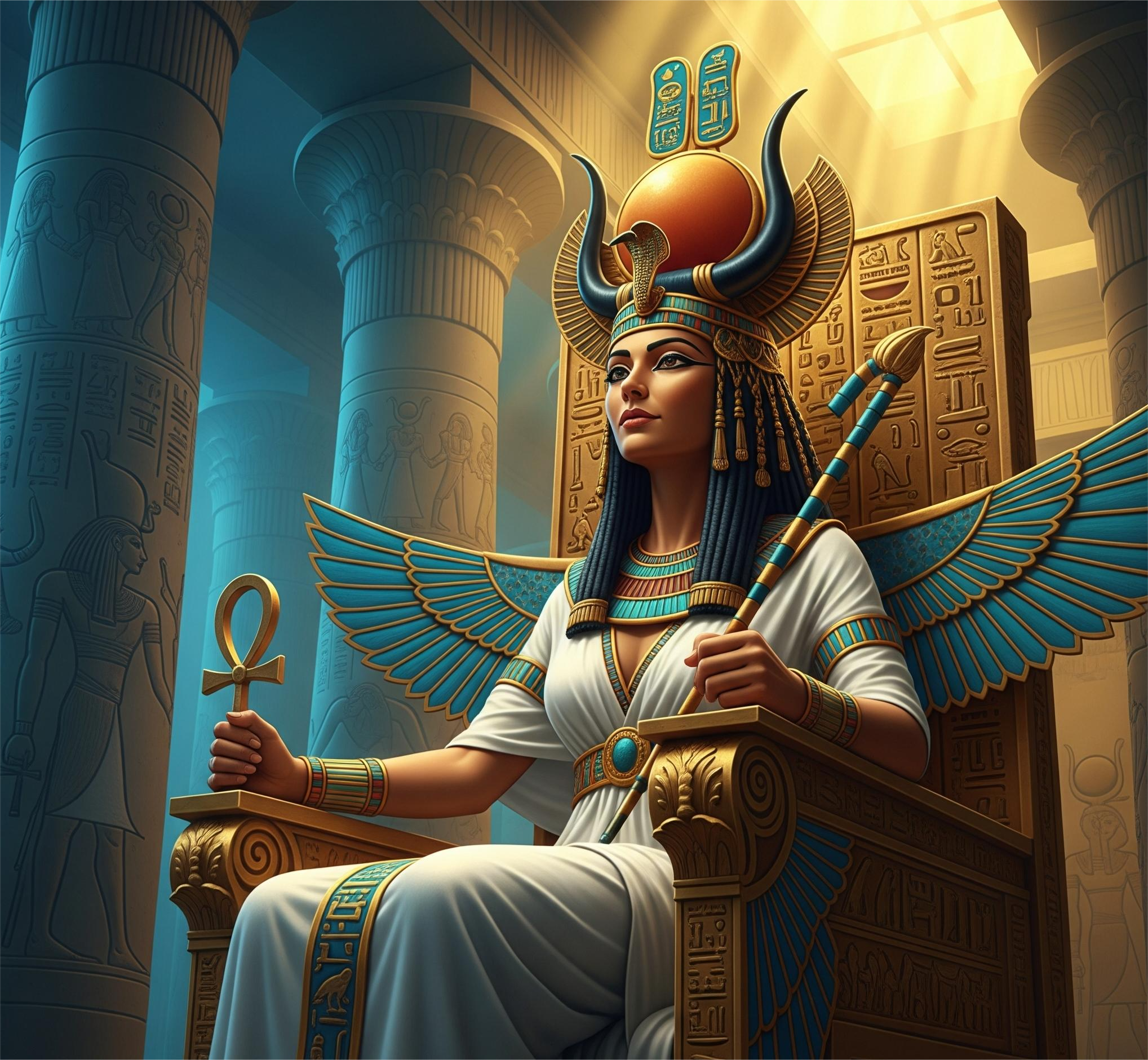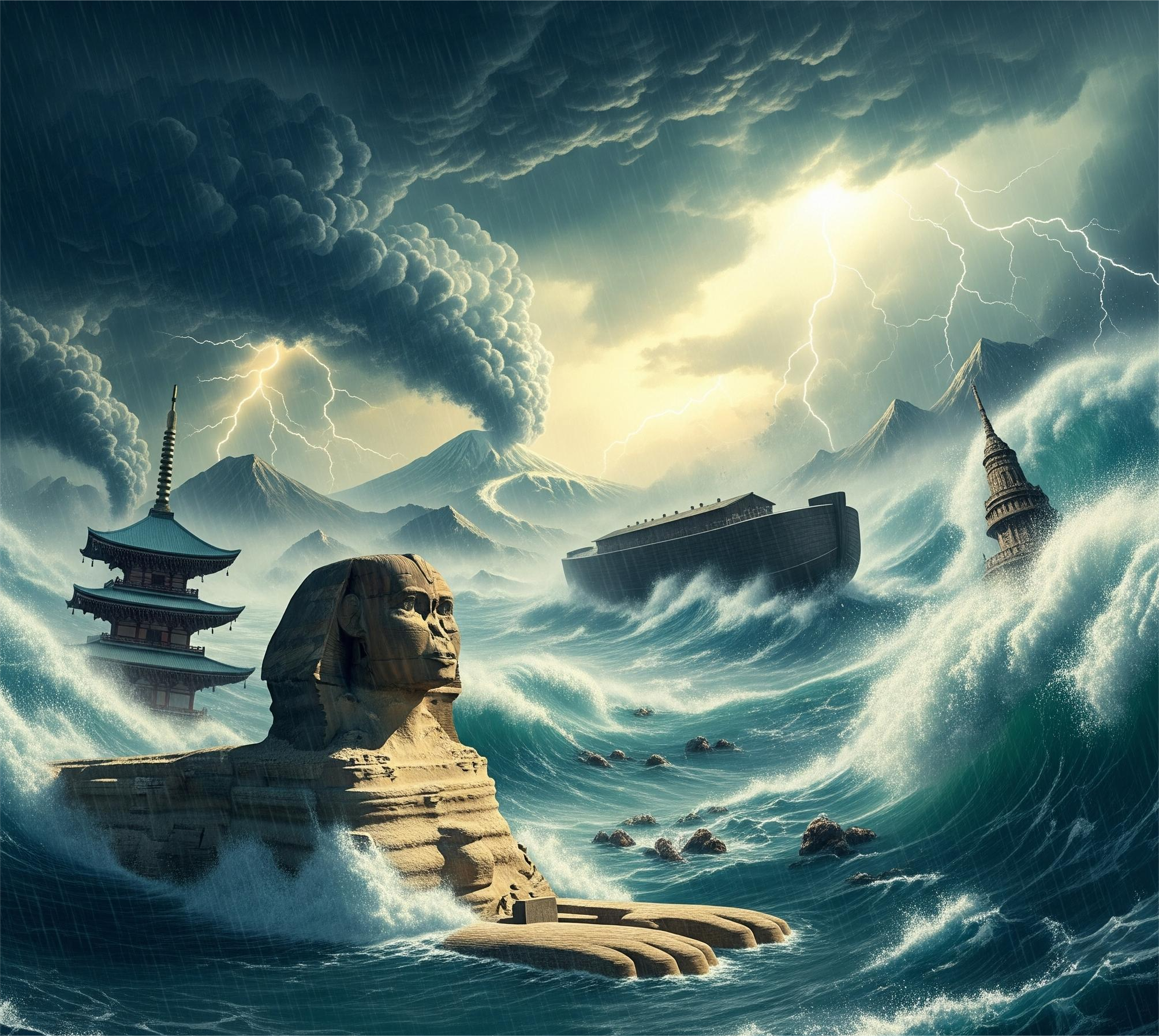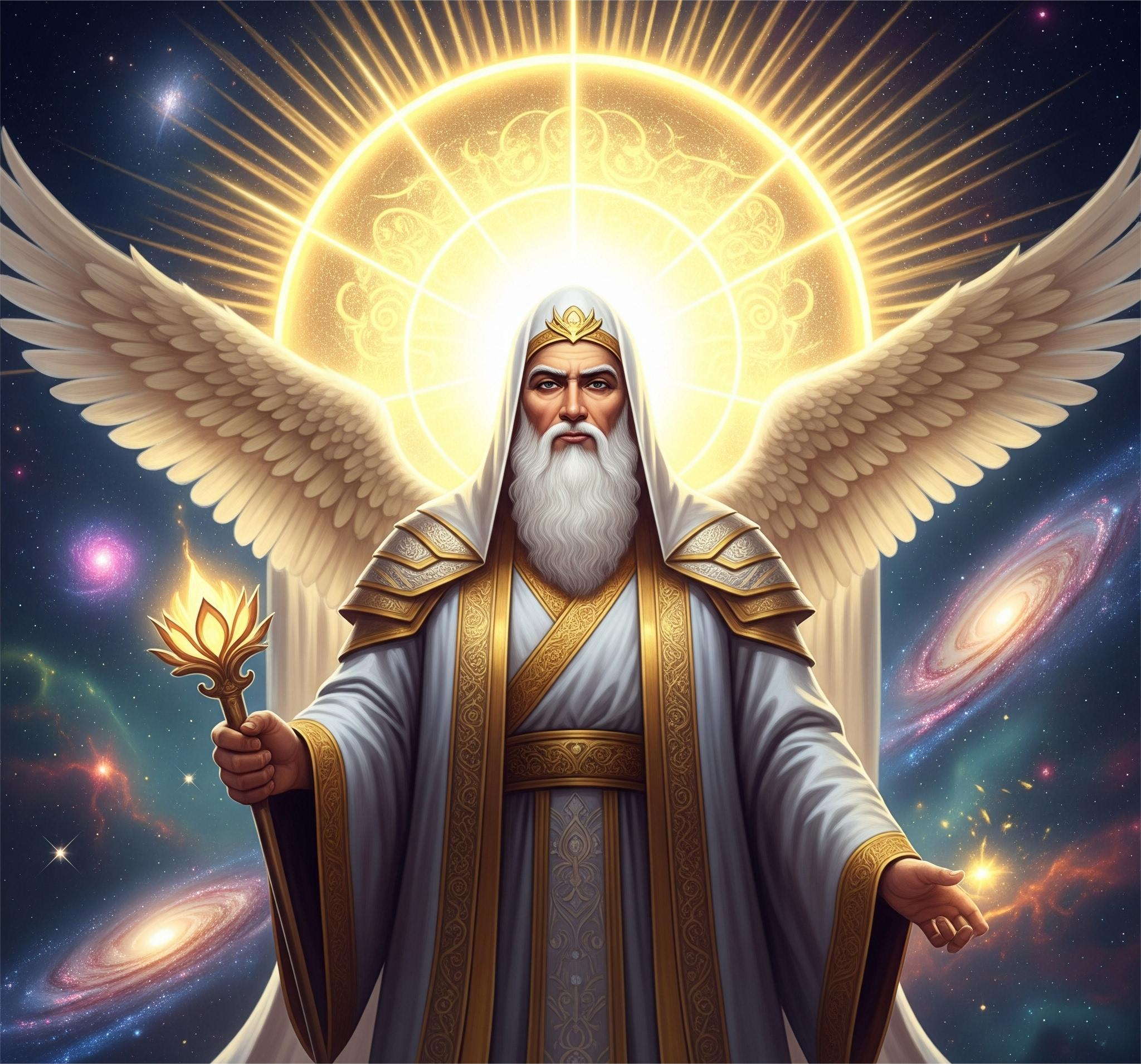Sleek, fast, and terrifyingly efficient, the Viking longship was more than just a vessel—it was the backbone of Norse expansion from the 8th to the 11th century CE. These remarkable ships carried Norse warriors, traders, and explorers across seas, rivers, and unknown coasts, enabling the Vikings to leave an indelible mark on Europe, North Africa, and even North America. The engineering marvel of the longship allowed the Norse people to trade, conquer, and explore with unmatched mobility, forever shaping medieval history.
Ingenious Engineering: The Anatomy of a Longship
The Viking longship was a product of sophisticated shipbuilding knowledge honed over centuries. Designed for speed, agility, and versatility, it was characterized by a long, narrow hull and shallow draft that allowed it to glide quickly through both open seas and inland rivers.
Key features included:
Clinker-Built Construction: Overlapping wooden planks were riveted together, creating a hull that was both flexible and durable, able to withstand the harsh conditions of the North Atlantic.
Shallow Draft: With the ability to navigate in just a meter of water, longships could travel far upriver and even be pulled ashore—ideal for surprise raids and inland exploration.
Symmetrical Bow and Stern: Both ends of the ship were identical, enabling quick changes in direction without the need to turn the vessel—useful in narrow fjords or river channels.
Sail and Oars: Longships used a single square sail for wind propulsion and multiple oars for maneuvering in calm or confined waters, making them effective in nearly all weather conditions.
These design elements allowed Viking longships to cover enormous distances with efficiency. A well-crewed longship could maintain speeds of 5–10 knots and even higher in favorable conditions.
Tools of Trade: Economic Expansion via Sea
While the word “Viking” often conjures images of raiders, many Norse expeditions were commercial ventures. Longships made trade between Scandinavia and the wider world both feasible and profitable.
With their ability to reach distant ports and navigate inland rivers, Viking traders connected markets from the Arctic Circle to the Mediterranean and even into the Islamic Caliphates and Central Asia. Goods such as:
Furs, walrus ivory, and amber (from the north)
Silk, silver, and spices (from the east via the Silk Road)
Slaves, weapons, and timber
...were transported aboard longships. This dynamic exchange contributed to the economic growth of Viking societies and helped integrate them into a broader Afro-Eurasian trade network.
Archaeological finds such as the Hedeby trading town in Denmark and ship burials with cargo hold remains demonstrate the central role of longships in commercial exchange. The ship was as much a merchant’s tool as a warrior’s.
Tools of War: Speed and Surprise
Of course, the longship is most famously associated with the Viking raids that terrorized Europe from the late 700s through the 1000s CE. The infamous 793 CE raid on the monastery at Lindisfarne marked the beginning of the Viking Age and was carried out using longships that appeared suddenly and retreated just as swiftly.
Their shallow draft enabled coastal landings and river navigation deep into foreign territory—something traditional warships could not achieve. Viking fleets raided:
The psychological impact of Viking longships cannot be overstated. Their dragon-headed prows, often carved with fearsome designs, became a symbol of terror to many coastal communities. The very sight of a longship on the horizon could send towns into panic.
Longships also allowed for rapid reinforcement and retreat, making Viking raiders almost impossible to trap and giving them the edge in hit-and-run tactics that traditional land armies could not match.
Vessels of Exploration: Crossing the Edge of the World
Beyond trade and war, Viking longships were vehicles of exploration. Norse mariners were among the greatest navigators of the medieval world, and their ships enabled them to venture far beyond the bounds of familiar territory.
Using longships, Vikings:
Colonized Iceland in the 9th century
Discovered Greenland around 985 CE under Erik the Red
Reached North America (Vinland) by 1000 CE with Leif Erikson—centuries before Columbus
These transatlantic voyages were made possible by the seaworthiness of longships, as well as the Vikings’ deep understanding of wind patterns, ocean currents, and celestial navigation.
Cultural Symbolism and Burial Practices
Longships also held deep cultural and spiritual significance. Important leaders and warriors were sometimes buried in their ships, accompanied by grave goods such as weapons, jewelry, and even sacrificed animals or servants. These “ship burials” reflected the belief that the longship would carry the dead to the afterlife.
Famous archaeological examples include the Oseberg Ship and the Gokstad Ship found in Norway, both beautifully preserved and richly adorned, suggesting that ships were more than transport—they were sacred vehicles of prestige, honor, and divine journey.




